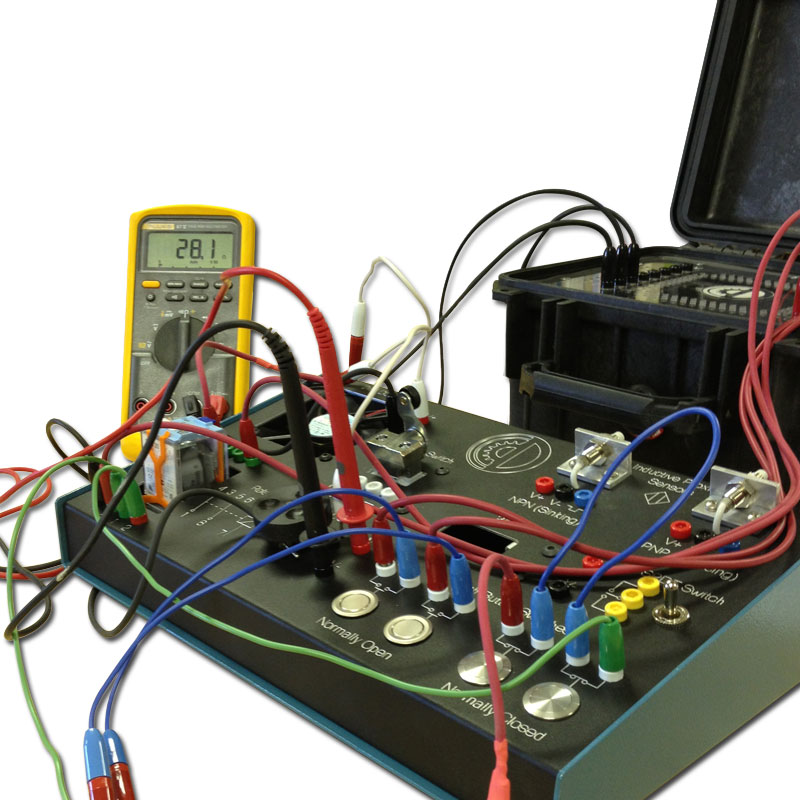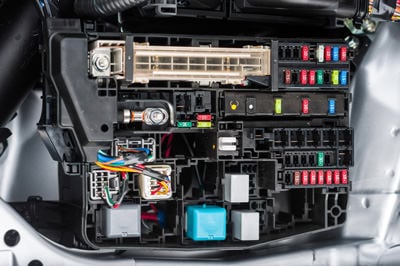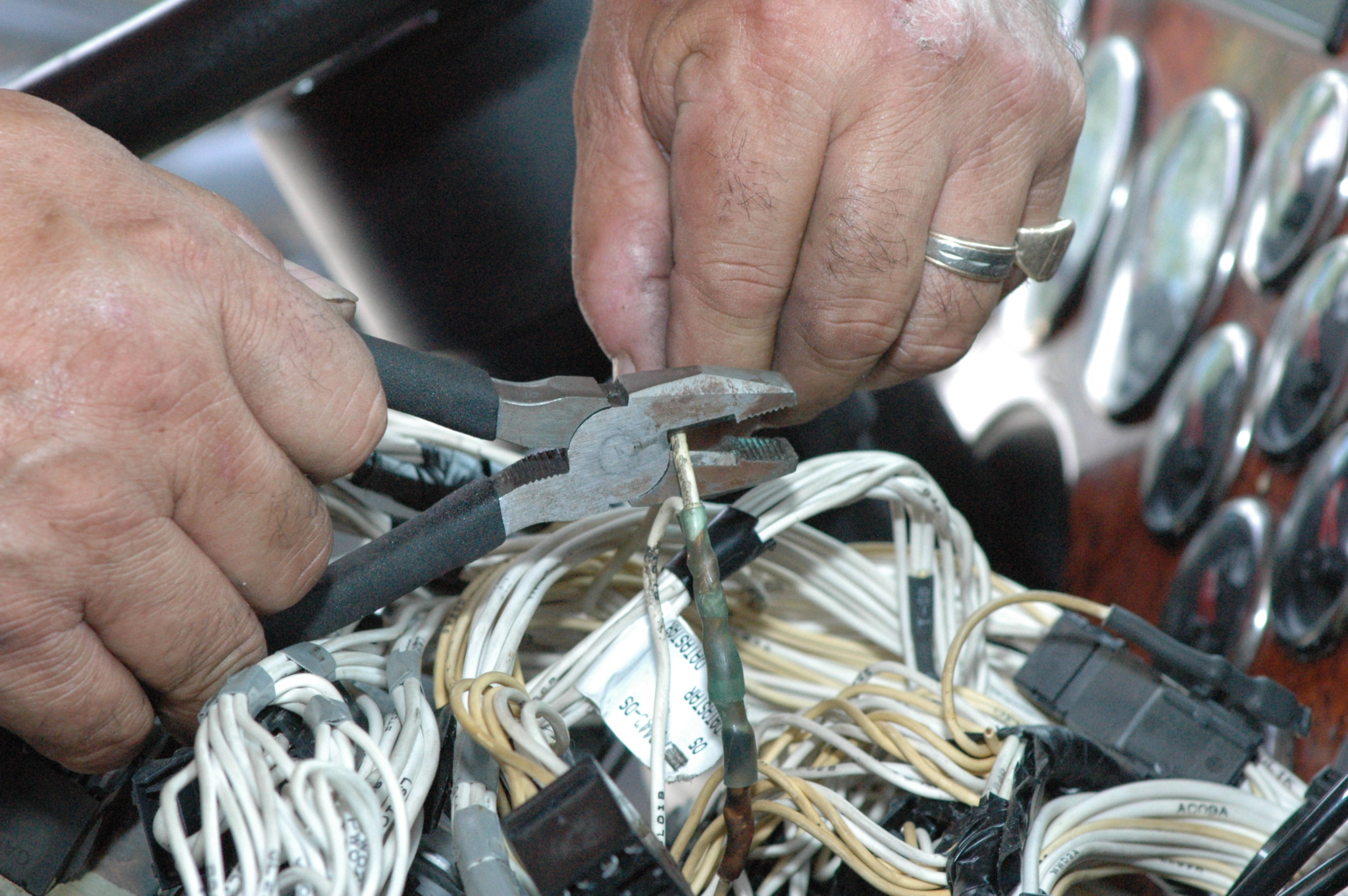Dedicated technical support for electrical industry progress.
Dedicated technical support for electrical industry progress.
Blog Article
Leading Tips for Effective Electric System Troubleshooting
Troubleshooting electric systems needs a systematic method, based in a detailed understanding of electric principles and safety and security methods. By familiarizing oneself with circuit parts, utilizing vital tools, and sticking to an organized examination approach, specialists can successfully identify and resolve issues. Nevertheless, the nuances of effective repairing extend beyond mere technological expertise; comprehending how to record searchings for and focus on security can substantially influence results. As we check out these crucial components better, it ends up being clear that understanding this procedure is not just useful but important for success in the area.
Understand the Fundamentals
Understanding the basics of electrical systems is vital for efficient troubleshooting, as a strong foundation enables technicians to identify and fix concerns more effectively. An extensive grasp of electric principles, such as voltage, existing, resistance, and power, is important in recognizing the source of troubles. Voltage is the electric possible distinction that drives current through a circuit, while resistance opposes the flow of current, affecting the total performance of the system.
Knowledge with circuit elements, including resistors, capacitors, diodes, and switches over, is likewise extremely important. Each component plays an unique role in circuit actions and can impact performance when malfunctioning. In addition, understanding collection and parallel circuit arrangements is essential, as these plans affect the circulation of voltage and existing within the system.
Service technicians have to be conscious of potential dangers, such as shock and short circuits, to execute risk-free troubleshooting techniques. By understanding these fundamental ideas, service technicians improve their capacity to carry out effective diagnostics and fixings, inevitably leading to improved efficiency and integrity of electric systems (electrical system troubleshooting).
Gather Necessary Tools
Reliable troubleshooting of electrical systems requires the ideal set of devices to identify and settle issues precisely. Vital tools include a multimeter, which gauges voltage, present, and resistance, enabling for precise analyses of electric components.
In addition, protected hand tools such as screwdrivers, pliers, and cable strippers are crucial for safely adjusting electrical links. It is additionally advisable to have a circuit tester handy to confirm the existence of voltage in outlets and cords. For even more complicated systems, a thermal imaging cam can assist detect overheating components, suggesting prospective failures.

Adhere To a Systematic Approach
Having gathered the appropriate tools, the following action in repairing electrical systems is to follow an organized method. A systematic method makes certain that technicians can have a peek here recognize faults successfully and precisely, decreasing downtime and avoiding unneeded repair services.
Begin by examining the system's schematic diagrams and specs. Recognizing the design and functional specifications will offer context for identifying issues. Next off, separate the issue area by utilizing a procedure of elimination. This involves checking each element systematically, beginning from the source of power and working in the direction of the lots.
Utilize screening tools, such as multimeters and oscilloscopes, to collect objective data about voltage, current, and resistance at different factors within the system. This empirical evidence will certainly direct your troubleshooting initiatives and assist to confirm or remove prospective reasons for failing.
Additionally, take into consideration environmental elements that might influence the system's efficiency, such as temperature changes or dampness access. A detailed evaluation of circuitry, links, and parts will certainly guarantee that all opportunities are accounted for.
Record Your Findings
Extensive documents is vital in the troubleshooting procedure of electrical systems. This practice not just aids in comprehending the origin reason of the issue but also serves as a recommendation for future fixing initiatives.

In addition, maintaining a log of components changed or repair work carried out is invaluable. This information sustains inventory monitoring and can aid evaluate the long life and integrity of particular components.
Eventually, the documents procedure ought to be complete yet succinct, making it possible for easy access and testimonial - electrical system troubleshooting. By focusing on comprehensive documents, professionals can develop a useful knowledge base that not just help in existing troubleshooting yet also encourages future upkeep initiatives, consequently improving general system reliability

Prioritize Precaution
Acknowledging the inherent dangers linked with electrical systems is important for ensuring security during troubleshooting. Electric shock, burns, and devices damages are just a few of the possible hazards that specialists face. Focusing on precaution is not only a legal commitment however also a moral necessary that safeguards both the technician and the surrounding setting.
Prior to beginning any kind of troubleshooting task, professionals ought to don appropriate personal protective equipment (PPE), including shielded gloves, safety and security glasses, and flame-resistant apparel. Making certain that the workplace is dry and complimentary of mess can substantially minimize the danger of crashes. Additionally, it is important to de-energize circuits prior to starting any kind of work, confirming that they are not endure the use of a multimeter or voltage tester.
Establishing clear communication protocols you could check here with staff member is additionally important; this guarantees that every person recognizes possible hazards and the status of the electric important link system being functioned on. Having an emergency situation action strategy in area can confirm very useful in the event of a case. By focusing on precaution, specialists can properly minimize threats and promote a more secure office.
Conclusion
Efficient electric system repairing counts on a detailed understanding of basic principles and a systematic approach. Focusing on security measures makes sure the health of individuals entailed and the honesty of the electrical system.
Report this page